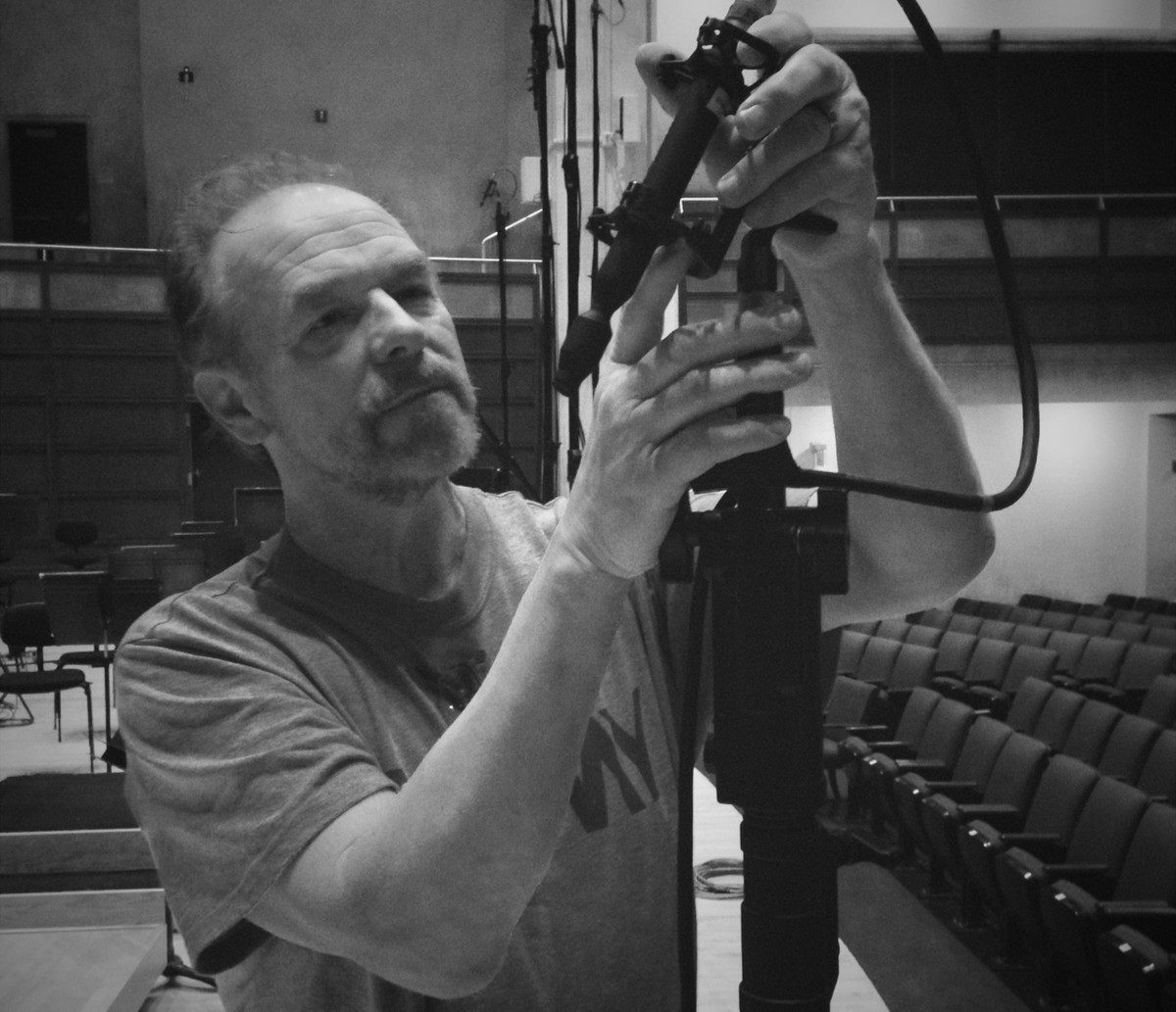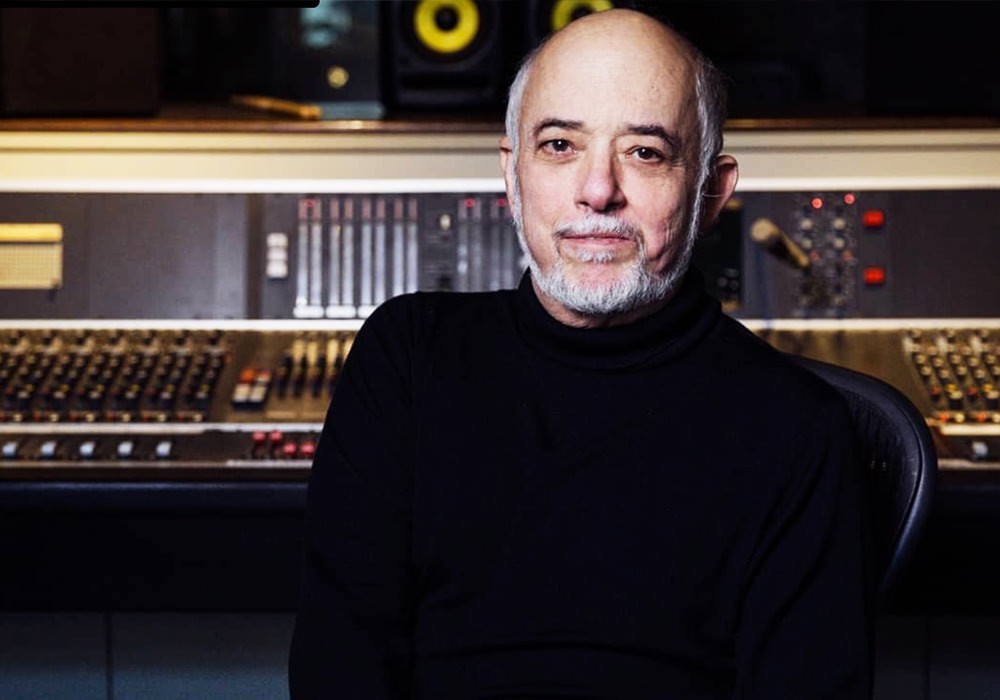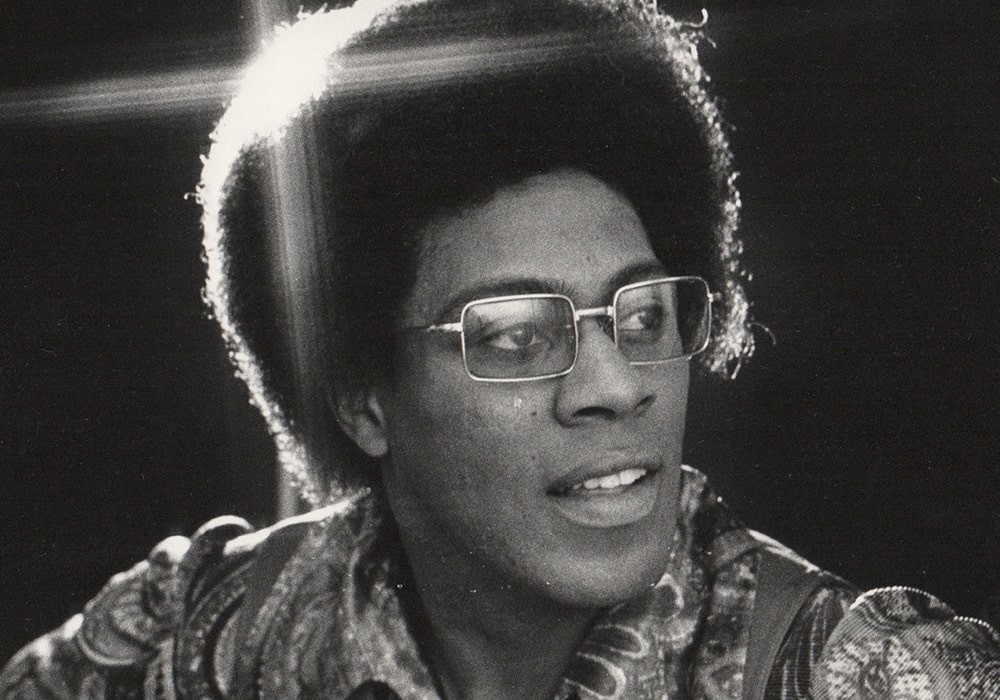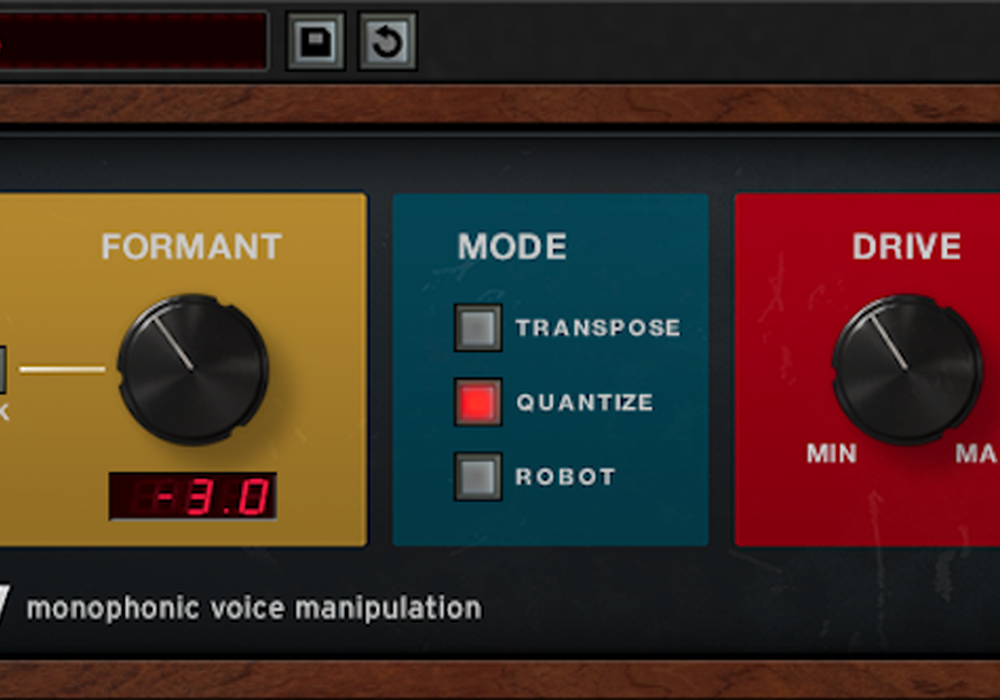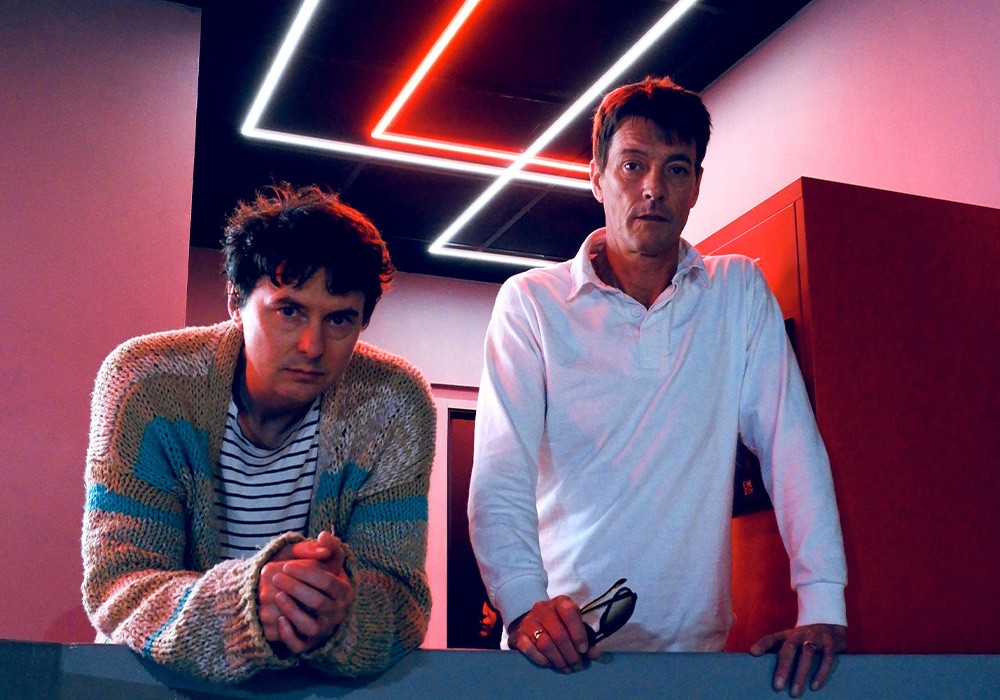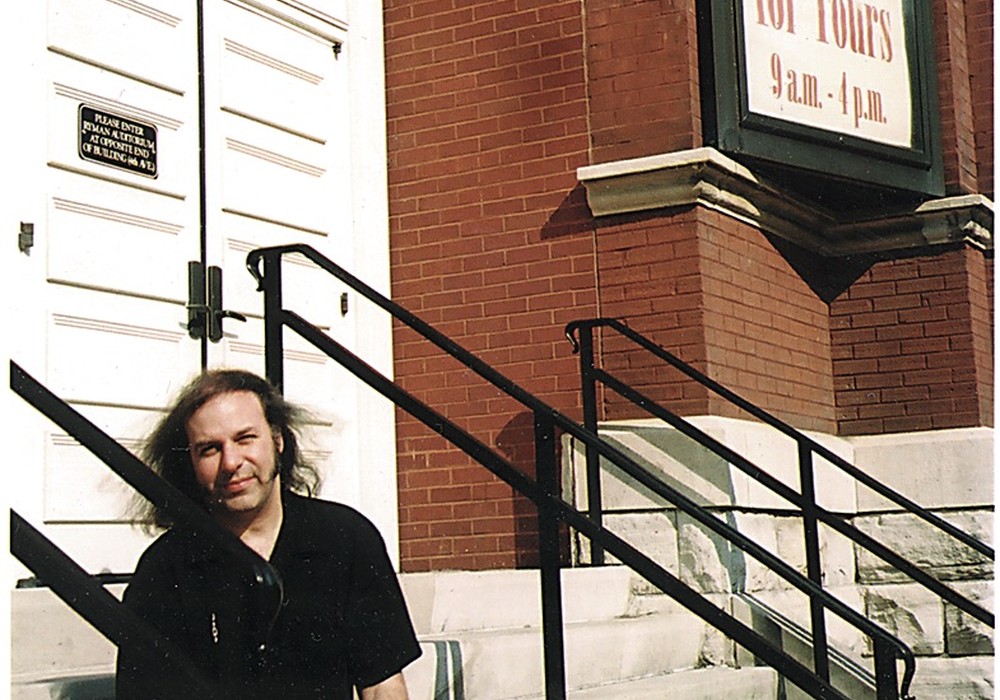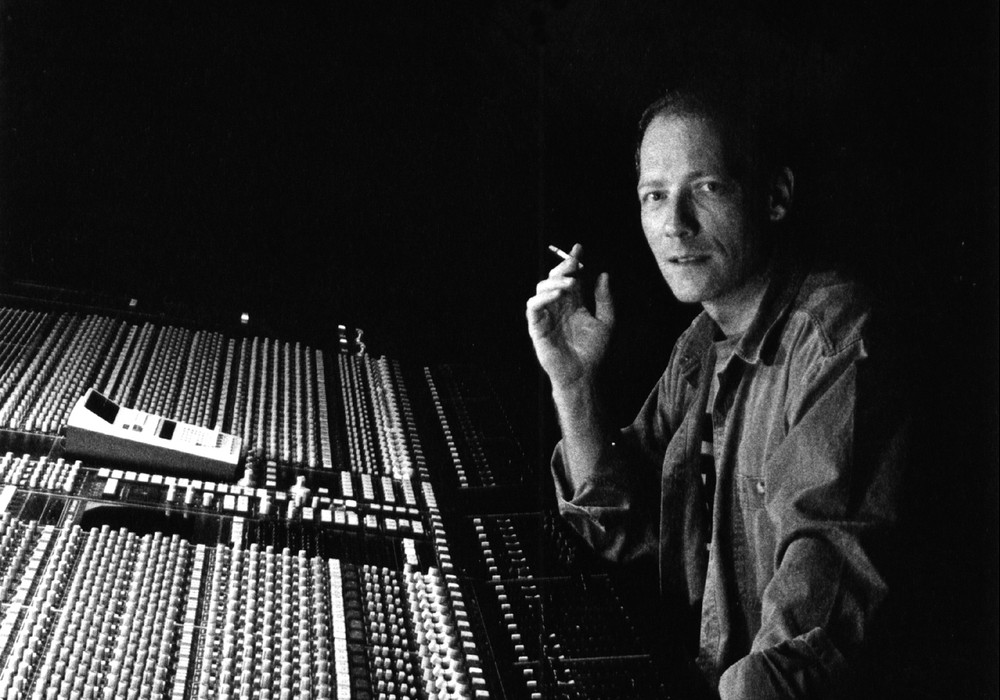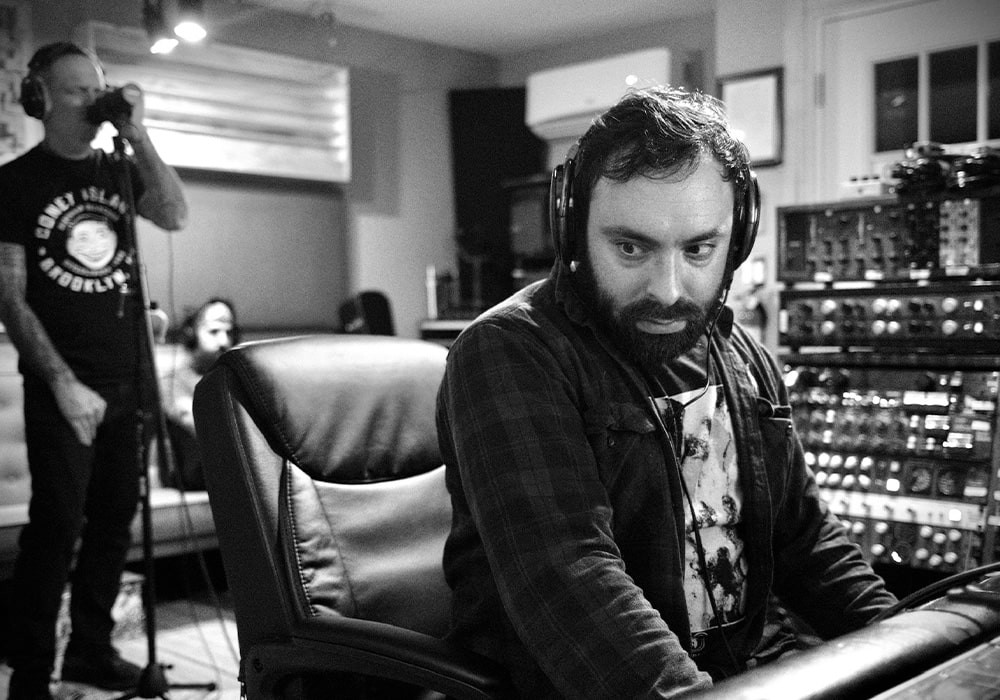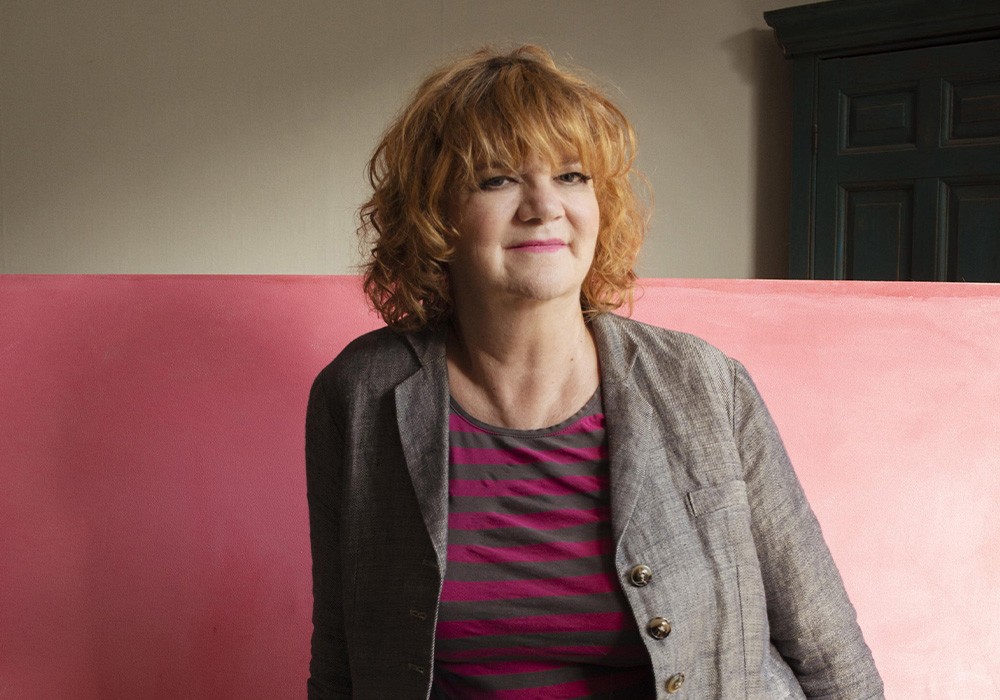Recording engineer and producer Michael Bishop began his career at Cleveland Recording Company and Suma Recording Studio in Ohio, before moving on as chief recording engineer for the famed classical-orientated Telarc International Corporation. Over the last 20 years, he has received ten Grammy Awards, including six for Best Engineered Recording and two consecutive Grammy Awards for Best Surround Album. In 2015 he received the Grammy Award for Best Engineered Album, Classical.
Your recording of Vaughan Williams' Dona Nobis Pacem; Symphony No. 4; The Lark Ascending won the 2015 Grammy for Best Engineered Album, Classical. Where did you record?
This was recorded with Robert Spano, who is the music director and conductor of the Atlanta Symphony Orchestra at the Woodruff Performing Arts Center in Atlanta, Georgia. It was three pieces by Vaughan Williams, with distinctly different setups for each of them. The main piece, "Dona Nobis Pacem," involves a 200-voice chorus — soprano, alto, tenor, bass — set up against a full orchestra, with full percussion. I don't know offhand how many musicians were in the orchestra at the time. I think that it would be somewhere around 90 musicians, and about 200 plus in the chorus. That is one set up. The second work was Vaughan Williams' Symphony No. 4, and that's just the orchestra — about 90 to 95 people — with no chorus. The last piece, "The Lark Ascending," features solo violin up front, with the concertmaster from the Atlanta Symphony Orchestra, David Coucheron, as well as a small orchestra in the range of 50 or 60 musicians.
Was that all one concert, or did you do it as three separate sessions?
One of the great things about working with the Atlanta Symphony Orchestra is that it's one of the very few orchestras in the United States that still does standard AFM [American Federation of Musicians] recording sessions, typically for recording, with no audience. That was done this way for this project as well. We work in standard AFM timing, where we'll have three or four hour sessions, with built-in breaks. We're going by the studio recording rules of the AFM for these sort of sessions, so typically a three-hour session allows two hours of working within that three-hour segment. The rest of it is break time, split up throughout the session. This way we can really work with the artists on everything they want to achieve in the performance under the best possible conditions. We're basically using the performance space as an extremely large recording studio. In this case we set up in the music library, converted over for our use as a control room. We've brought in full acoustic treatment for the room, and we monitored in 5.1 with an ATC SCM150 5.1 monitoring system. It's a good, large monitoring system that can represent the orchestra in its full size and grandeur. The conductor can come in and hear it the way that he just heard it onstage. It makes it very easy for us to work on the performances and the sound.
You're credited as the recording engineer. Do you do everything yourself?
I do all the planning of setup, mic placement, engineering, and mixing. There is an assistant engineer, whose job it is to get the equipment there and help set up microphones. It isn't like a typical studio, where an assistant engineer is doing a lot of things with the main engineer at the board. In this case, the assistant engineer was Ian Dobie — he transported the gear to the location, assisted in connecting things together, and ran the Sonoma DSD computer recording system.
What was the total number of microphones used for this album?
Well, given the size of the orchestra and the chorus, it's a surprisingly small number of microphones, which is why every microphone plays such an important role in this type of a session. On the largest piece, "Dona Nobis Pacem," that was 18 microphones for the whole thing; and that includes microphones specifically used for the surround recording versus the stereo recording. I'm making both at the same time.
Can you describe the difference between the mic setup for the surround sound and the ones set up for the stereo release?
Sure. The thing that's common between both of them is the Sanken CO-100K [omnidirectional condenser microphones] across the front of the orchestra, where the main part of the soundscape is captured. That's what I build upon, what I'm getting across those five front microphones. In the middle, there's a left- center-right setup with the 100Ks, and then two flanking microphones. That's where my main concentration of setup is; fine-tuning everything. That has to be right first before anything else is added in. With varying amounts, I like to use ribbon microphones in combination with the 100Ks; it just seems to be a really nice combination. The ribbon mics are used mostly for adding a little bit of color and further texture on the overall sound, depending on what each piece needs. The 100K's give the overall image, depth, and all of the air — just that whole essence of the sound — and then, very carefully, I'll add in ribbon microphones. In this case those were the AEA [Audio Engineering Associates] A840 ribbon microphones, mostly on the interior strings and woodwinds, and Royer SF-2 ribbon mics on the chorus. This is where the stereo and the surround split a little bit in how I apply it. In the stereo mix, the left/right channels are going to represent everything, including front-to-back, a little bit of the hall for the overall ambiance, and the bloom around the sound of the orchestra. In surround I need to make the left/center/right front channels drier, with very little of the hall in there. I might put a little more emphasis toward the interior of the orchestra to really make a fairly dry representation of what was on stage, and then add in. I'm doing a mix specifically for the center channel, because I believe that's extremely important to the overall imaging in surround. Then several microphones are added in for the surround channels. I like to make a really involving surround mix, where it isn't just ambiance for the rear channels. A lot of orchestral recordings have orchestra on the front channels and a sort of nebulous hall ambiance out in the rear channels. That has a disconnected feel to it. On my surround recordings with an orchestra, if you turn off the front channels, turn around and just listen to the back channels, they sound almost like the front channels with slightly different timbre and imaging. It's that close. My surround microphones are only about 15-feet further out from the main Sankens. It's the integration of all those channels together that gives the whole picture. It's a combination of all those channels put together in the playback room that gives the final mix, because you're playing it all within the room. In this particular type of recording I'm not calling out specific parts to go into the rear channels; that's not appropriate for these pieces. I should add that the Grammy award was for just the standard two- channel, and plain vanilla 44.1 kHz Red Book CD, and it was up against some nicely recorded surround- recordings in the same category. They don't make any division between stereo and surround when something is being evaluated for the best-engineered classical album.
The CO-100K microphone is capable of capturing sound beyond the human listening spectrum. What's your take on the huge amount of information that is being recorded beyond our hearing level?
The Sanken 100K mics attracted me in the first place as the first microphone to have that kind of frequency response with extremely low noise, and one that is suitable for music recording. The first thing that popped into my mind was that it was the perfect match for the two formats in which I record. Direct Stream Digital is sampled at rates up to 11.2 MHz, and has frequency response out beyond 100 kHz. High resolution PCM recording also has a frequency response well out beyond the range of human hearing. We want to have the front-end of our recording system be that wide of a bandwidth, so that when you start rolling off high-end, either with the limitations of a microphone or limitations of the recording system, that roll off actually extends down into the range of human hearing. You want to push any anomalies of frequency response, filtering, or whatever, out well beyond the range of human hearing. Then all the harmonics remain intact, and all of the information is flat well out beyond 20 kHz. Even though we can't really hear it, it is something that you sense. There's better detail, effortless high- end, and it doesn't feel like anything is constraining the high frequencies or affecting the transient response of the recording. I've always believed in recording in the biggest bucket that we can find, and then funnel out exactly what we need down to whatever consumer format it's going to be released in. The 100Ks give us the most information that we can get off a microphone. That they are ruler-flat, at 90- degrees off-axis, but have the high-frequency bump at the on-axis point, makes it an extremely useful omni mic. I can dial in exactly how much emphasis, or no emphasis, of high-frequency that I need. Many might think that having a microphone with high- frequency emphasis is a bad thing. In this case, we're using microphones in a free, diffuse field above, and out, from the orchestra, at quite some distance. We're not working really closely to the orchestra. The natural high-frequency attenuation of sound as it travels through air is thereby compensated by having the high-frequency bump on the on-axis point with the 100Ks. That's a pretty classic setup for microphones that are used with orchestra, on back to Neumann's famous M 50 microphones that were used in Decca tree [configurations]. This includes microphones that were designed to be used in a diffuse field, and have that little high-frequency bump to compensate for the high-frequency attenuation that happens naturally in air. I can aim the microphones to bring in just enough of a high- frequency bump if I need to add more sparkle to the strings, back-end of the orchestra, percussion, brass, or whatever. I can aim it so that the strings down front are at the 90-degree point; and that's ruler-flat, so we're getting exactly what the strings are. With that angle, I'm emphasizing perhaps some of the percussion and brass that's coming off the back-end, just getting a little more sparkle to them. Again, they're furthest away from the microphone so it's compensating for that high-frequency attenuation. I should add that the height of the microphones is determined by what kind of balance I'm getting between the front and back of the orchestra. I'm not using very many microphones within the orchestra to spot mic every little section. I'm getting a blend out front, so the lower I go with the microphones, the more it's going to emphasize the front part of the orchestra, i.e. all the strings. The higher I go, it'll start bringing in more of what's in the interior of the orchestra on out to the back. In an orchestra, the percussion is the furthest away, and the brass is all the way in the back; so that height determines what that balance is going to be between strings and the back end of the orchestra. The angle of the microphone will determine what spectral balance there'll be in frequency response.
How high are the microphones?
In this recording, it varied. For the two big pieces, they were somewhere around 11.5 feet above the stage floor. They were brought down and in closer for "The Lark Ascending" because I was going more for overall strings. It's a smaller orchestra, so it was probably at about 10.4 feet above the floor.
Let's shine the light on the "Cancer Blows" concert you recently completed.
"Cancer Blows" featured the musicians of the Dallas Symphony Orchestra, along with the University of North Texas One O'clock Lab Band, which is a pretty famous college big band that a lot of really well known musicians came out of through the years. This "Cancer Blows" concert is a project that was started by Ryan Anthony, who is the principal trumpet of the Dallas Symphony Orchestra. At age 40, he was diagnosed with multiple myeloma, which is a fairly rare cancer of the blood. Ordinarily this is a cancer that people in their seventies might get; it's fairly rare that somebody in their forties would get it, and it is always terminal. There is no cure and there is not a whole lot of research going on. He decided to found the Ryan Anthony Foundation to help fund further research into this, because so little was known about it. The project became the main fundraiser, "Cancer Blows," and it featured 18 of the world's premier trumpet players from all genres, both classical and non-classical. We had Philip Smith from the New York Philharmonic, Arturo Sandoval, Doc Severinsen, and the list goes on. They didn't hesitate for a moment and came to join in for the good cause — it was a sold out concert. The orchestral part is a typical orchestra, so it's got to be somewhere around 85 to 90 musicians. The microphone setup is very similar to what I would use ordinarily, although altered somewhat because there was also a video shoot for possible broadcast on PBS. That seems very likely, given the caliber of musicians and names that are involved. But it'll also be for CD and Blu-ray use. At the last moment we had live streaming capability added. So many people were viewing the live streaming that we got reports from all over the country that it was crashing their Internet.
With this prevalence of brass, can you describe the difference in your recording technique to capture that?
I had the five Sanken CO-100Ks across the front as my main pickup. I had to depend on that for a heck of a lot of the recording, for both the orchestral and the solo brass artists downstage. I had Royer ribbon microphones across the front to get solo sounds. It turned out that the majority of the sound was really coming in on the main orchestra, via the CO-100Ks. That's where the overall bloom and picture came from; in particular on the classical and on the softer ballad-like pieces — that's where the real beauty was.
I'll need those Royer mics to zero in on various soloists for the mix to video, where I need to emphasize more closely the solo artist and make it sound like a close-up. For the audio-only program for CD, I'll depend more on the main microphones for the overall sound.
It must be fantastic working with good musicians.
You know, you've heard it from a lot of other engineers, and every one will tell you that it's these great musicians that make us engineers look good. They're making the sound; we're just there to capture it and then basically get out of the way while not letting any part of our work interfere with what they're putting out. That's where the choice of the tools is really important to me. I want tools that get out of the way; ones that I can just very carefully select, and add whatever I want into it in order to better convey their intention. As long as I'm conveying their intention, the recording is successful. That's how I felt about the Atlanta session. At the time the music was going down, I had that feeling that I've only had a few times in the past. "This one is special. There's really something going on with this performance, and the recording gods are smiling on us." Everything lined up.


